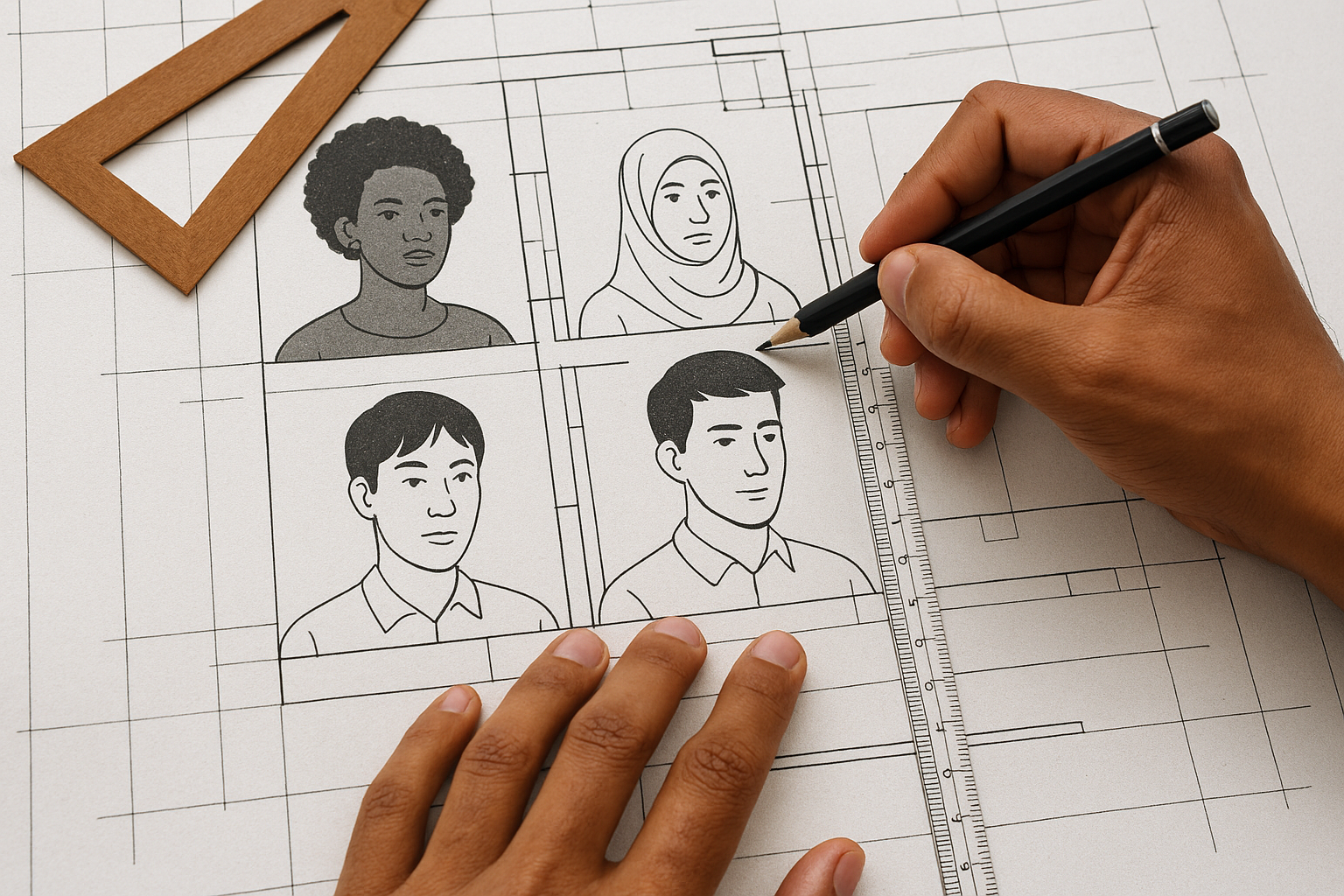Introduction:
Everyday we see an increasing number of benefits being created due to significant innovation in technology. However, with such growth also comes growing concerns around how AI may bring levels of bias that might dramatically impact the care and service to those within certain demographics or varying backgrounds.
In a recent interview with Inspired Business Media, David Newey, Deputy CIO at the Royal Marsden NHS Foundation Trust, explores the opportunities and challenges of AI in healthcare. He discusses real-world examples of AI in use, the risks of bias and inequality, and the steps organisations can take to design with equality in mind.
Key Themes from the Interview:
1. AI in Healthcare Today
AI is already transforming diagnostics, treatment planning, and operational efficiency. From imaging analysis to predictive analytics, these tools are helping clinicians make faster, more informed decisions.
2. The Challenge of Bias
While AI offers immense potential, it can also perpetuate or even amplify existing inequalities if not designed responsibly. Bias in training data, lack of diversity in datasets, and untested algorithms can lead to disparities in patient care.
3. Designing for Equality
David emphasises the importance of inclusive design principles, robust governance, and continuous monitoring. Organisations must ensure that AI systems are transparent, explainable, and tested across diverse populations.
Why This Matters
Healthcare is about trust and fairness. As AI becomes more embedded in clinical workflows, addressing bias isn’t optional—it’s essential for patient safety and equity.
Read the Full Interview
For the complete discussion, visit the original article:
👉 AI, Design, and Equality – Inspired Business Media

